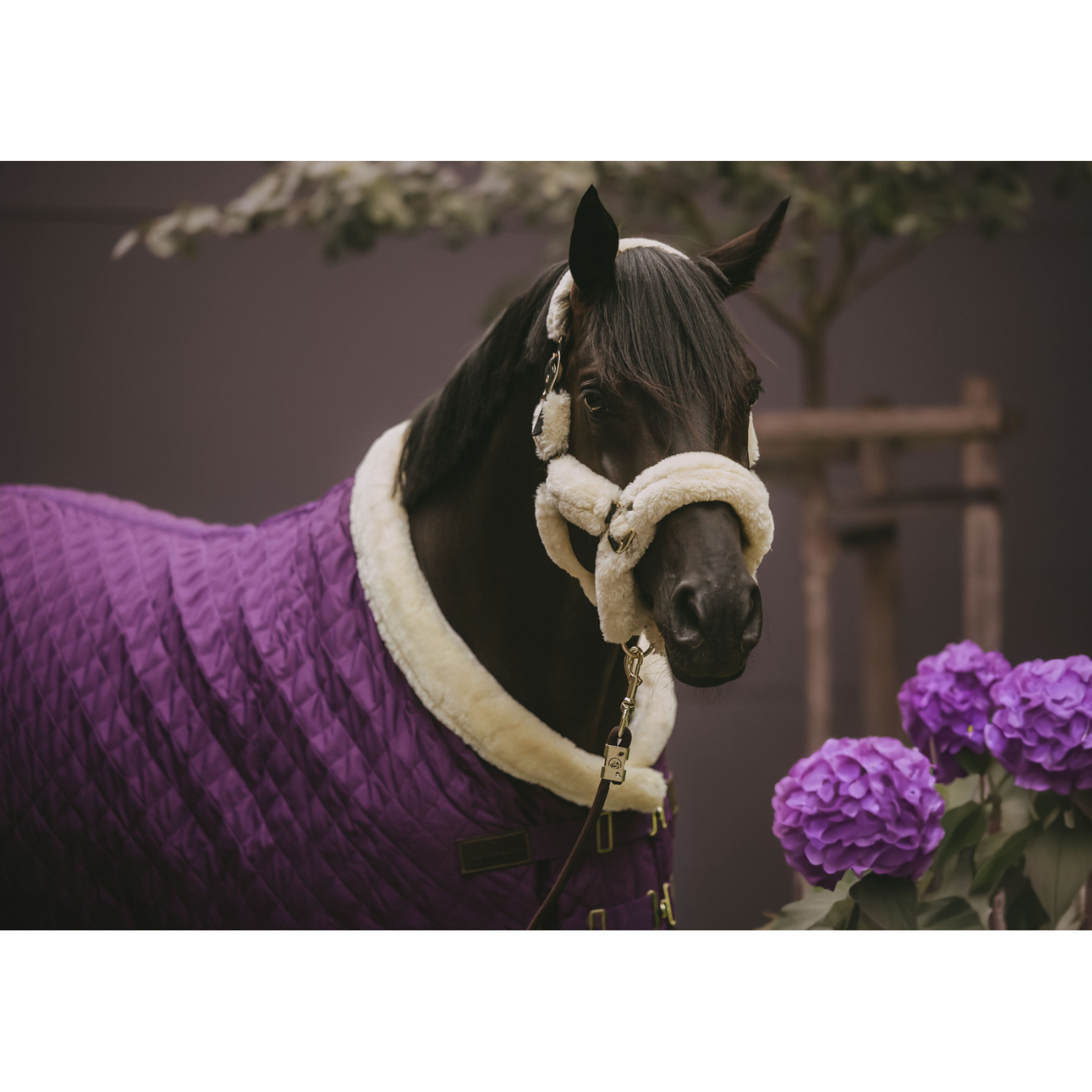Madi Sinderberry is a shining young star in the show jumping world and is the current Australian Young Rider Champion. Madi is an absolutely inspiring rider with a wealth of knowledge in one so young. Madi has written a great blog for us on some of the foundations for good show jumping techniques.

_________________________________________________________________
With no jumping shows on, now is the perfect time to go back to the foundations. Flat work is an integral part of showjumping training and is often overlooked. Most issues on the showjumping course can be addressed on the flat. Whether it be straightness, adjustability or being unbalanced around corners/between jumps. For each of these issues I’ll give an example of one of the exercises I use the most.
Straightness
If your horse drops its shoulders in around corners, drops its quarters in or drifts over the jumps, gaining control over the movement of the shoulder and quarters on the flat will help with control on course.
For younger greener horses; a mix of shoulder fore, counter shoulder in and travers on the long sides, breaking it up using 10m circles halfway along.
For more advanced horses; a mix of shoulder in, counter shoulder in and travers and renvers along the long sides. Add in a 10m circle with a trot/walk/trot transition if they get heavy in the hands or are anticipating movements.
Shoulder fore- moving the shoulders slightly to the inside of the arena with the inside hind tracking between the front legs.
Shoulder in- moving the shoulders further to the inside of the arena so the inside hind leg and outside front leg travel on the same line.
Travers- moving the haunches towards the inside track so the outside hind travels on the same line as the inside front.
Revers- moving the haunches outwards so the inside hind travels in line with the outside front.
If you don’t know how to achieve these movements, take advantage of the break from show jumping competitions and trade some jumping lessons in for some dressage lessons.
Adjustability
If your horse is ignoring you and running through your hands when trying to collect, chances are it is weak and finding it hard to balance with the hind legs engaged. Same reasoning if they are not increasing their stride length effectively, they are unable to quickly engage their hind quarters and push forward when asked.
Lots of transitions can help with this- Quick sharp trot/walk/trot transitions on a 20m circle and then canter/walk/canter transitions through the trot for younger horses.
For more advanced horses start on a 20m circle, do the transitions on a 10m circle then return to the 20m. If they run through your hand in the downward transition, halt, soften the hand, walk then trot/canter again.
Collect the trot on a 10m circle in the corner of the arena and then extend across the diagonal. When asking to extend it needs to be a fast, powerful reaction. If they are lagging in the reaction to your aids, a tap with a dressage whip behind the saddle might be required. When returning to the opposite long side, collect the trot again.
Unbalanced Around Corners
If your horse is becoming disunited between jumps, or is leaning on the inside rein and running around corners, then increasing their ability to engage their hind quarters instead of leaning on the forehand will help for a more balanced, controlled, faster round.
Counter canter is one of my favourites for improving this. For younger greener horses, moon shape loops, K to X to H, in counter canter. Start by only coming a few meters off the track towards X, then return to the track in counter canter while still in the true canter flexion. As they feel comfortable, canter further towards the centre of the arena before returning to the track. Repeat a few times each way then stop and reward, this is physically challenging when first introduced.
For more advanced horses, increase the size of the loops, aiming for the centre line. Then also add counter flexion as they are returning to the track. If this goes well, canter across the diagonal, ride a half 20m circle at the end and canter back across the opposite diagonal to return to the true canter.
Note: to stop the horse from doing a flying change, while on the right lead, keep the right leg on the girth, the left leg behind the girth and your shoulders and hips turned towards the right.
I will often spend a few weeks during a quiet time from shows with no jumping at all. I will train flat exercises in the arena 3-4 times a week and trot/canter/gallop out in the paddock 2-3 times a week. Younger or weaker horses especially find the work physically and/or mentally challenging so the arena sessions will be quite short and I’ll take them out in the paddock more often.
Trying to ‘Drill’ progress into a horse will not be effective!

________________________________________________________________
Madi has also represented Australia overseas in Hong Kong and Buenos Aires and has consistently won the Australian Young Rider Champion in previous years, as well as many other prestigious show jumping titles.
Trailrace are very proud to be involved and supporting Madi with her amazing career so far and we're so excited for her show jumping future!


